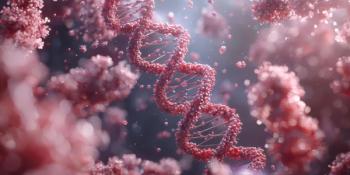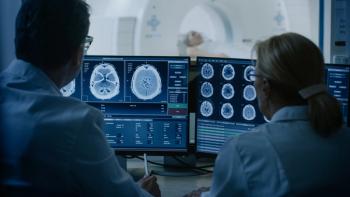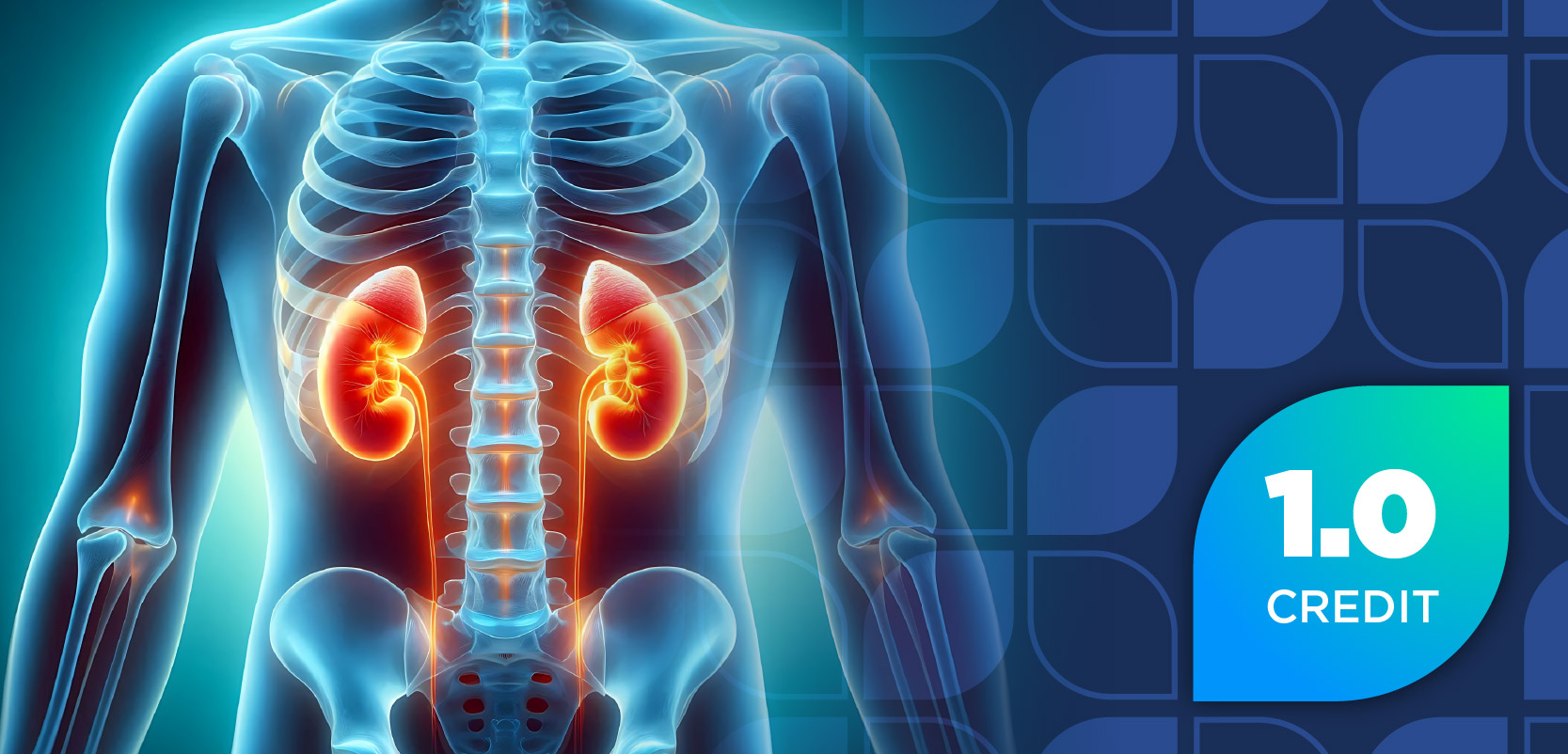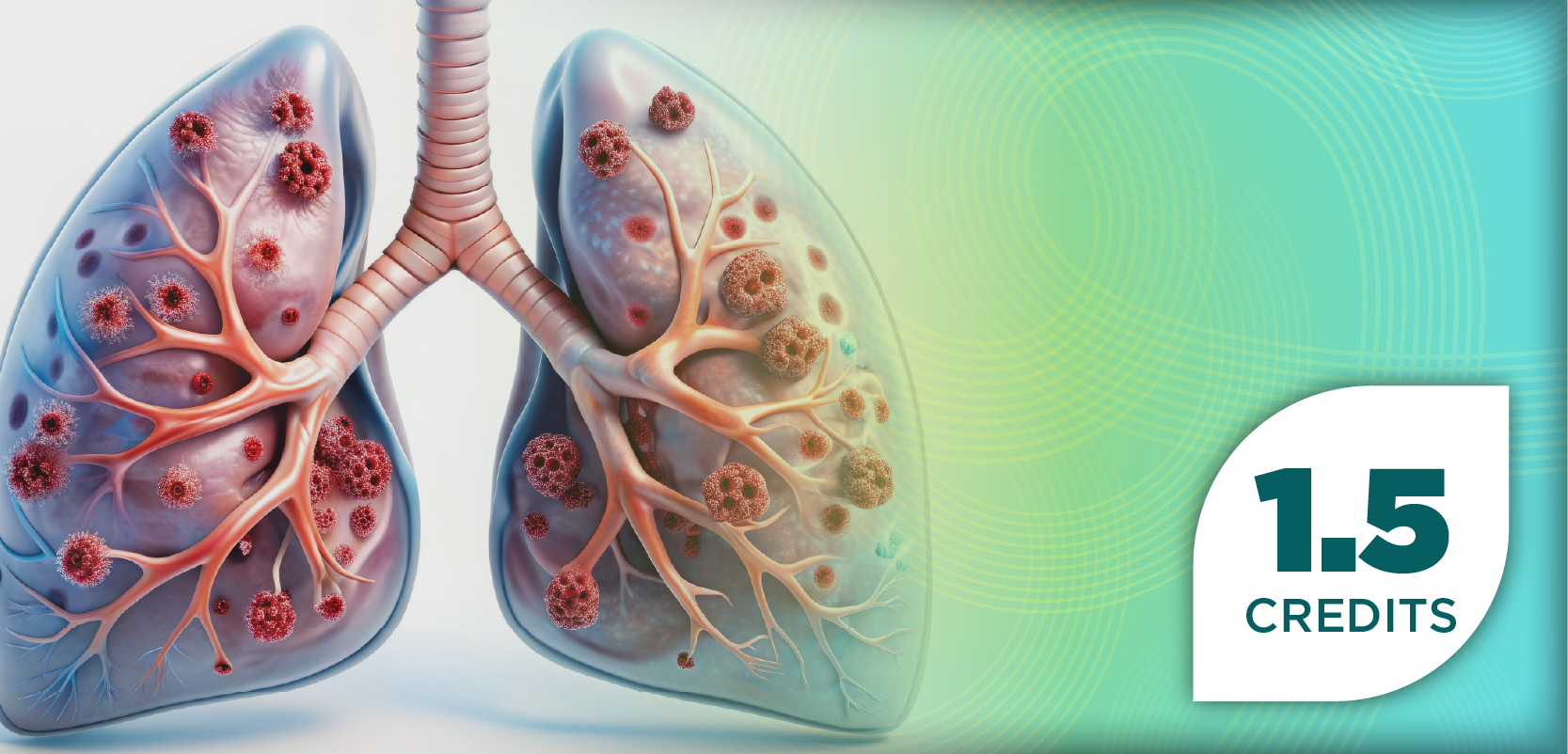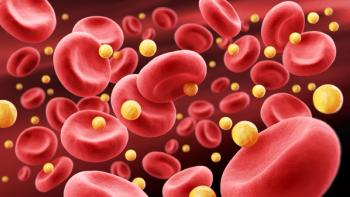
Activating the Genetic Switch to Create T Cells
A team of 4 transcription factors work together to trigger a cell to turn into a T cell.
Researchers recently discovered the mechanism that creates T cells.
A study published by Nature Immunology showed that 4 transcription factors work in a multi-tiered fashion to control the genetic switch of
"We already know which genetic switch directs cells to commit to becoming T cells, but we wanted to figure out what enables that switch to be turned on," said lead study author Hao Yuan Kueh, PhD.
These findings could potentially allow physicians to increase a patient’s supply of T cells.
“In the past, combinatorial gene regulation was thought to involve all the transcription factors being required at the same time,” Dr Kueh said. “This was particularly true in the case of the genetic switch for T cell commitment, where it was thought that a quorum of the factors working simultaneously was needed to ensure that the gene would only be expressed in the right cell type.”
The researchers genetically engineered mice cells so the key switch for T cells, BcI11b, would express an additional fluorescent protein. This resulted in glowing once the gene was turned on, and researchers were able to discover the separate roles for each of the transcription factors.
To explain their findings, researchers said to think of this as 4 proteins working to turn on a light. The proteins TCF1 and GATA3, the first proteins, open the door where the main switch is housed, and the next protein, Notch, turns the light on.
The final protein, RUNX1, is able to control the amplitude of the signal like a dimmer switch, the researchers wrote.
“We identify the contributions of 4 regulators of Bcl11b, which are all needed for its activation but carry out surprisingly different functions in enabling the gene to be turned on,” said researcher Ellen Rothenberg, PhD. “It's interesting, the gene still needs the full quorum of transcription factors, but we now find that it also needs them to work in the right order. This makes the gene respond not only to the cell's current state, but also to the cell's recent developmental history.”
The researchers plan to look closer at how the switch itself works and understand the physical mechanisms about the chromosomal material around the BcI11b gene.
Newsletter
Stay informed on drug updates, treatment guidelines, and pharmacy practice trends—subscribe to Pharmacy Times for weekly clinical insights.



